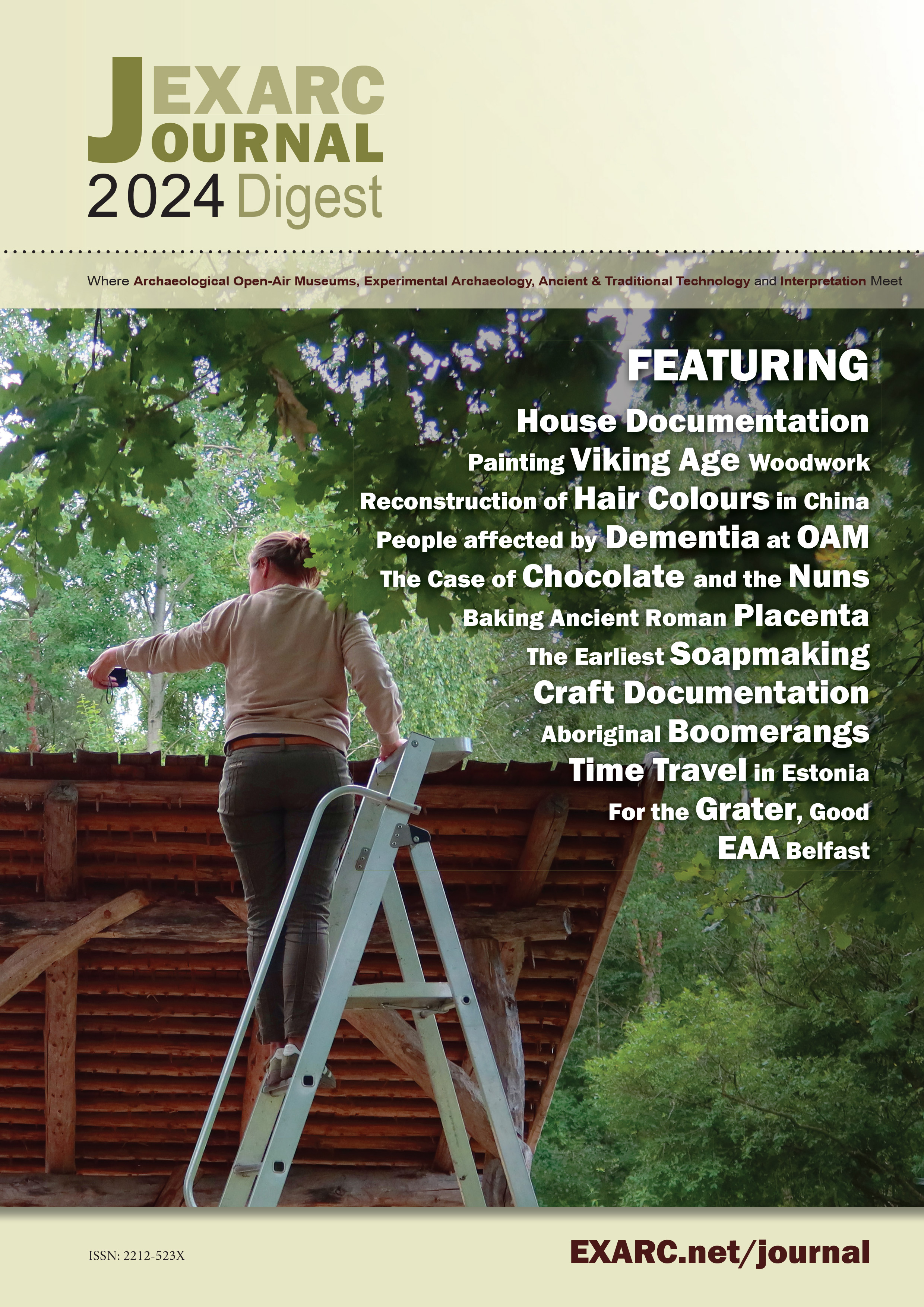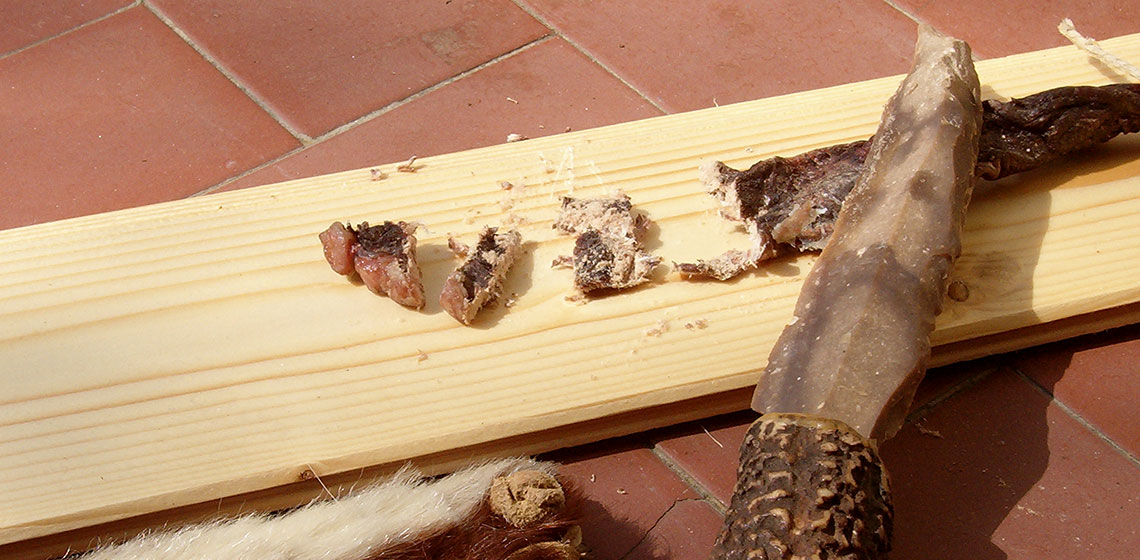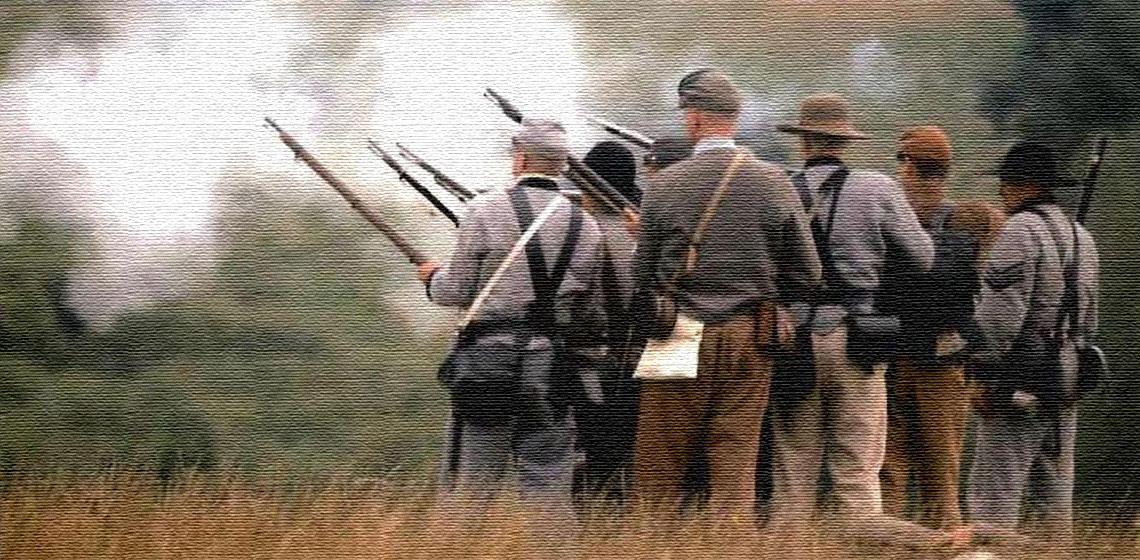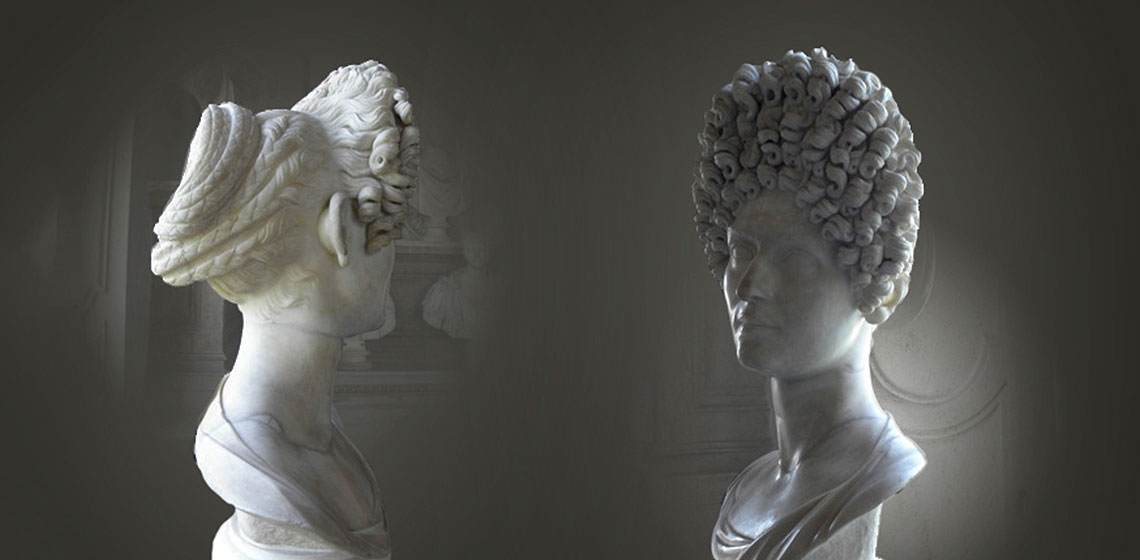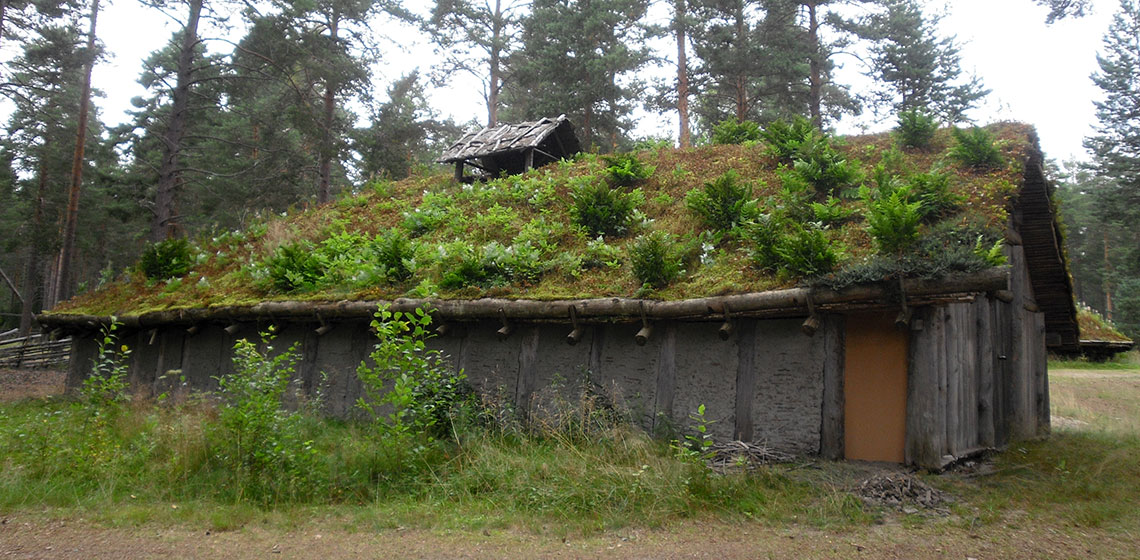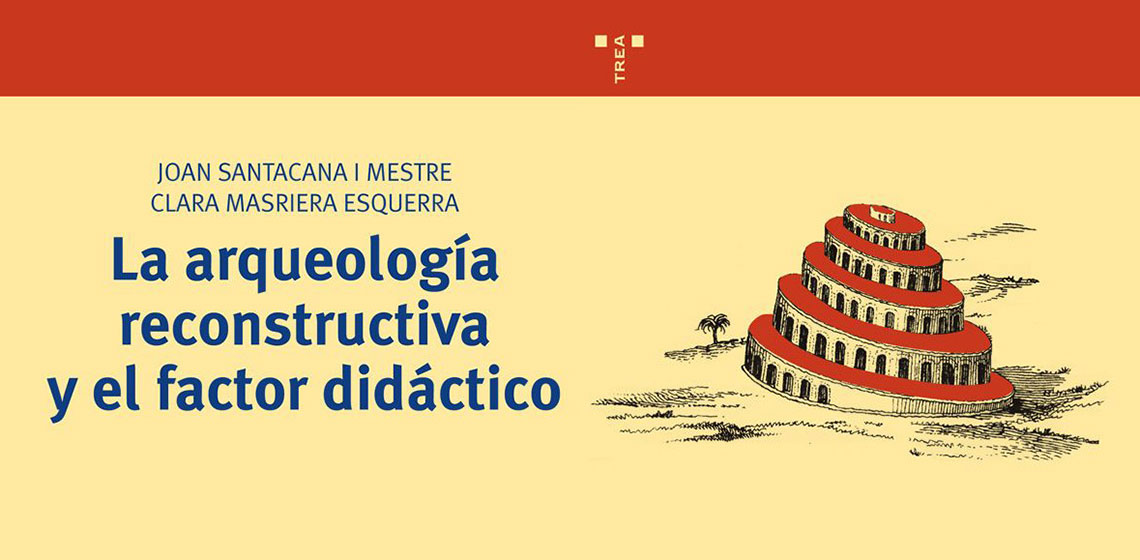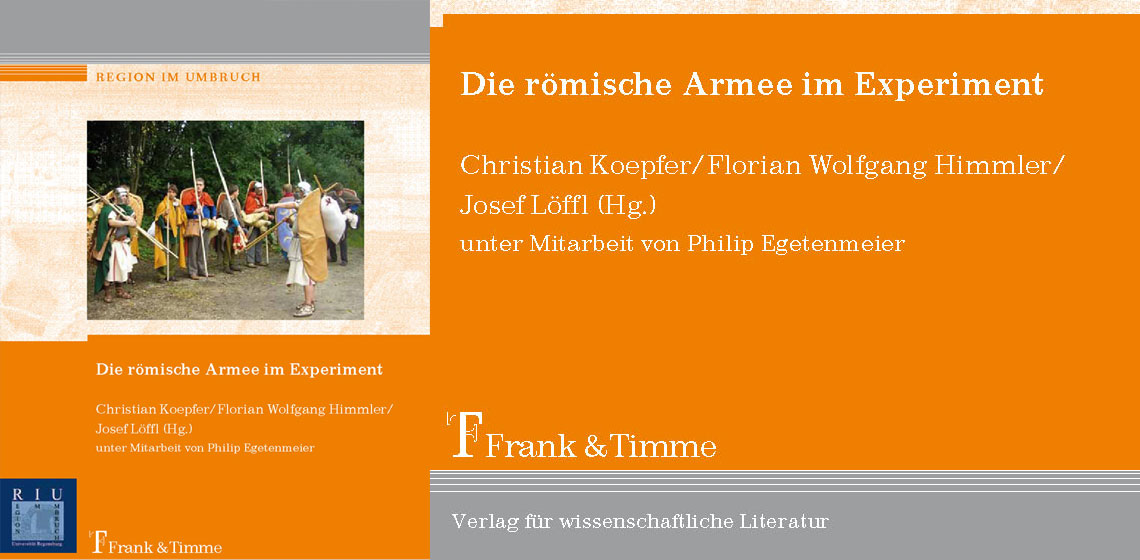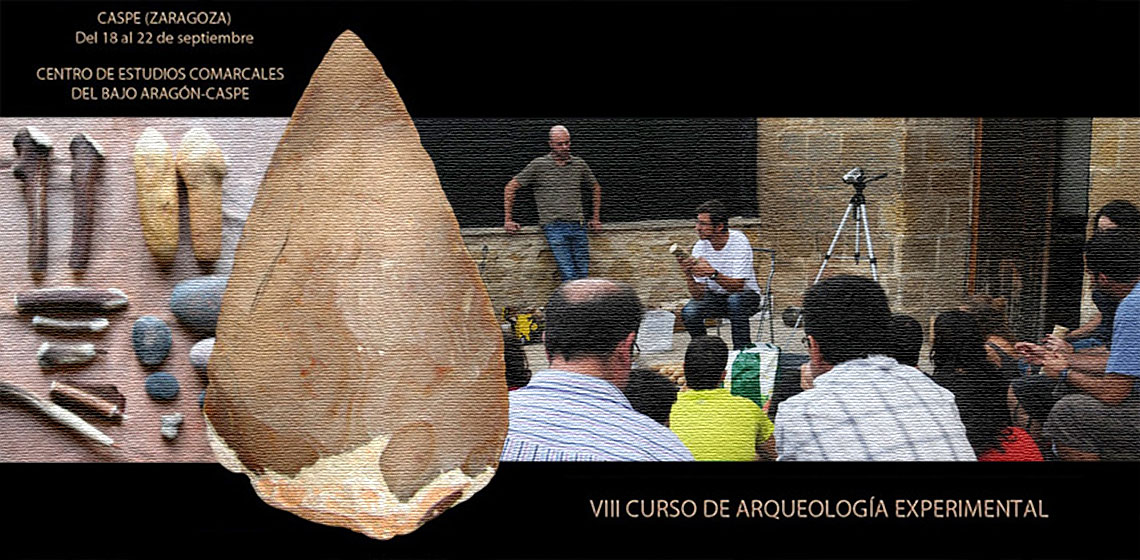EXARC Journal - Latest Articles
The Quality of the Craft
Crafting the Past: Theory and Practice of Museums
Recreating the Fonseca Hairstyle
Gene Fornby - the Ancient Village of Gene
I have for years, through articles, debate and political activities, been a very active part in the efforts to preserve Gene Fornby from demolition. The cause seemed long doomed to be lost, but in the end the saving-line won. Therefore the longhouse and the smithy, in my opinion the important reconstructions, will be preserved and restored.
Book Review: La Arqueología Reconstructiva y el Factor Didáctico by Santacana and Masriera
Both in Europe and in the US there is a multitude of archaeological sites which are shown to the general public either partially or completely rebuilt. This pattern, which is standard practice in many countries, is sternly contested and rejected in others, giving rise to a 200 year old international debate...

 The EXARC Journal (since 2004) is the leading Journal for those involved in
The EXARC Journal (since 2004) is the leading Journal for those involved in 
